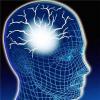Sign in to follow this
Followers
0

Relaxation, attentiveness, visualization
By
Encephalon, in General Discussion

By
Encephalon, in General Discussion